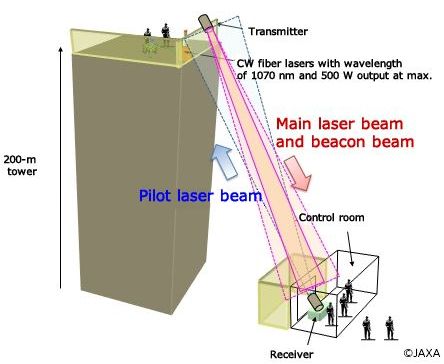TOKYO (Reuters) — Men wearing traditional loin clothes and women dressed in white robes clapped and chanted before going into an ice water bath during a Shinto ritual at a Tokyo shrine on Sunday to purify the soul and pray for the end of the COVID-19 pandemic.
Only a dozen people took part in the annual event at Teppou-zu Inari Shrine, scaled down this year due to the health crisis, compared to over a hundred in early 2020. Spectators were not allowed at the event.
After doing warming-up exercises and chanting under a clear sky with outside temperatures at 5.1 degree Celsius (41.18 Fahrenheit), the nine male and three female participants went into a bath filled with cold water and large ice blocks. “I prayed that the coronavirus comes to an end as soon as possible,” said 65-year-old participant Shinji Ooi, who heads the Shrine’s ‘Yayoikai’ parishioner group, after the ritual.







